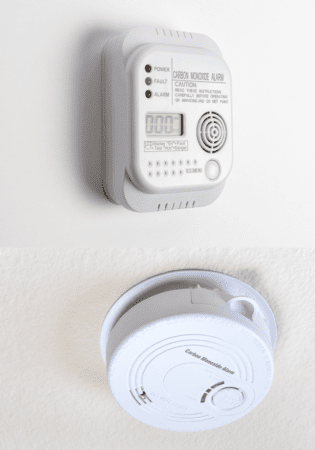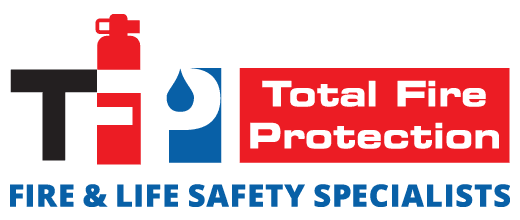Carbon monoxide, CO, is an invisible, odorless gas. It is an element that can cause injury or death if the fumes are distributed through enclosed spaces. Therefore, it’s vital to have safeguards in place to ensure carbon monoxide poisoning doesn’t occur. Here is some information on carbon monoxide detectors, along with safety tips.

Carbon Monoxide Detector Requirements
Carbon monoxide detector requirements vary by location. However, carbon monoxide detectors are often required. For example, in New York State, commercial buildings and restaurants must have carbon monoxide detectors if there are any CO-emitting devices in the building or if the property has an attached garage. Other factors to consider when installing CO detectors in your building include the amount of carbon monoxide detectors to install and whether you use a combination of CO and smoke detectors or have each of these items on their own. Local regulations will state what types of requirements you must follow regarding carbon monoxide detectors and placement.
Carbon Monoxide Safety Tips
It’s important to know carbon monoxide safety tips so you can avoid carbon monoxide poisoning and also know what to do if there’s a carbon monoxide leak in your building:
-
- Make sure your carbon monoxide detector is inspected and maintained regularly.
- Don’t put your CO detector in the corners of your building as you want them in air flow areas.
- Make sure your CO detector has a battery backup.
- Don’t put the carbon monoxide detectors in areas where they’ll be blocked by draperies, desks, filing cabinets, etc.
- Have your heating system and water heater inspected regularly and maintained.
- Don’t ever use a generator or other gasoline or charcoal-burning device indoors. Don’t run a generator close to a window outside.
- Do not allow a car to sit running inside a garage, even with the door open.
- If the carbon monoxide alarm sounds, leave the building immediately and contact the local fire department.
- Seek medical attention right away if you or anyone in the building exhibits symptoms of carbon monoxide poisoning. Some of the possible symptoms include dizziness, vomiting, headache, confusion, and lightheadedness, to name a few.
Contact Total Fire Protection to learn more about carbon monoxide safety!




